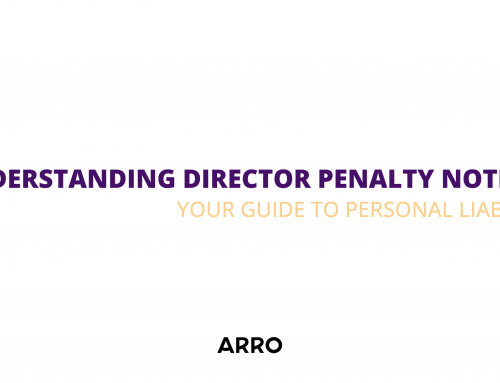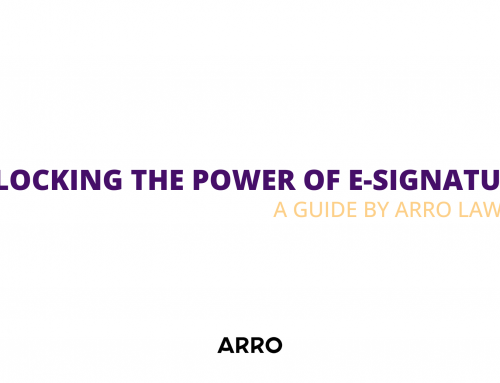A Statutory Demand is a formal written notice and request to a company debtor for payment of a debt owing to a creditor and is served pursuant to Part 5.4 of the Corporations Act 2001 (Cth) (the ‘Act’).
The serving of such a demand is a pre-cursor to issuing proceedings in the Federal (or Federal Circuit) Court to wind-up the debtor company on the basis that its failure to comply with the demand, that is to pay the monies owing or enter into a payment plan, creates a presumption that the company is insolvent, allowing the creditor to rely on that presumption in asking the Court to wind-up the company.
Statutory Demands are an important and necessary tool for creditors.
However, we are regularly seeing such demands being used as a means of simple debt-collection with often a complete disregard for the intended purpose of such demands under the Act. Using Statutory Demands in this way creates unnecessary risks for the creditor if it fails to ensure the Statutory Demand is drafted and used in the correct manner.
The current COVID-19 pandemic has led to a number of companies and businesses falling behind on payment of debts and monies owing. Creditors of such companies may seek to instigate various legal procedures seeking payment of such debts, including the use of Statutory Demands.
We provide a brief overview of Statutory Demands below, and the correct manner in which we at Arro consider they should be used by creditors in seeking payment of a debt.
The Act
In simple terms, under the Act, a creditor may serve a Statutory Demand if:
- The debtor company owes $2,000 or more; and
- There is no genuine dispute between the debtor and the creditor regarding the existence or amount of the debt claimed.
Once a debtor company has been served with a Statutory Demand, it must pay the debt the subject of the demand, enter into a payment plan for such debt or apply to have the demand set-aside.
The debtor company must undertake any of the above actions within 21 days of receiving the Statutory Demand. A failure to do so creates a presumption that the company is insolvent, and the creditor may then issue proceedings to wind up the company. Such a presumption can be rebutted at a later stage, but to do so (by defending winding-up proceedings) is lengthy and costly for a debtor company that may already be struggling to pay its debts.
It is therefore vitally important that companies served with a Statutory Demand take necessary action within the required timeframes.
(COVID-19 UPDATE: The Federal Government has moved to change the above rules relating to Statutory Demands, by increasing the minimum debt from $2,000 to $20,000 and increasing the response time from 21 days to 6 months).
Form of a Statutory Demand
Given the substantive action that may follow the failure to comply with a Statutory Demand, the Court has held that the issuing of such a demand is an abuse of process if the purpose of the party issuing the demand is not to proceed to wind up the debtor company on the ground of insolvency.
As a result, in order to avoid circumstances whereby Statutory Demands are used as mere debt-collection tools, the Act and the Courts have imposed strict requirements for the drafting and service of Statutory Demands, including a requirement that a demand must clearly, correctly and unambiguously identify the debt for which payment is sought.
Such information surrounding the debt is required to not only enable the debtor company to sufficiently and adequately identify the debt being demanded, but to also put the creditor to the task of ensuring there is no genuine dispute regarding the debt.
As a result, we often recommend to our clients that in order to ensure a Statutory Demand meets the strict requirements for clarity and the absence of a genuine dispute, such a Statutory Demand should ideally only be served if the creditor has obtained a Court Judgment (and such Judgment can be attached to the Statutory Demand). A Court Judgment clearly and unambiguously identifies the debt owing and it can be said that there is no genuine dispute concerning that debt as the creditor has already issued proceedings and obtained a determination of its claim for the debt in a prior proceeding.
Risks and setting-aside a Statutory Demand
As detailed above, companies served with a Statutory Demand can apply to have it set-aside. There are many grounds on which a Statutory Demand may be set-aside, however the most common are:
- There is a genuine dispute concerning the det claimed, either in relation to its existence or the amount; or
- There is a defect in the Statutory Demand, including an irregularity, misstatement of an amount or misdescription of a person or entity.
The threshold for proving the grounds to set-aside a Statutory Demand are not particularly high. If there is a clear mistake on the face of the demand then that will usually be sufficient to set it aside.
Furthermore, if the debtor company can provide evidence (usually by way of an affidavit from a company officer) that the existence or amount of the debt is disputed, then the Court will likely be inclined to set-aside the demand on this basis.
If the debtor company successfully sets-aside a Statutory Demand, then the creditor who issued that demand will be at risk of a Court order to pay the debtor company’s costs relating to such set-aside application. These costs will be payable in addition to the creditor’s own legal costs.
Final Comments
We appreciate that Statutory Demands can often be a cost-effective means for a creditor to seek payment of monies owing by a debtor company.
However, as detailed above, creditors have to be extremely careful to ensure they are issuing such a Statutory Demand for the right reasons and in the correct manner. A failure to do so creates an unnecessary and significant risk that the creditor may end up paying the debtor company’s costs in the event the Statutory Demand is set aside.
Prior to serving a Statutory Demand, the issuing party should ask itself the following questions:
- Do you have a Court Judgment for the debt claimed and does the debt meet the minimum threshold amount? (This is a must in order to avoid the pitfalls of Statutory Demands!)
- If you do not have a Court Judgment, is there a genuine dispute concerning the debt claimed? Has the debtor company previously raised any issues or concerns regarding the existence or amount of the debt claimed?
- If you serve a Statutory Demand and the debtor company fails to comply, do you intend on issuing proceedings to wind-up the company debtor? (The absence of this intention may be found to be an abuse of process).
- Given the new rules introduced by COVID-19 (see above), is it commercially sensible to incur the cost and expense of drafting and serving a Statutory Demand in the current climate.
Be careful and prudent in considering whether you should be issuing a Statutory Demand. Don’t hesitate to get in touch if you need to discuss your own situation.




